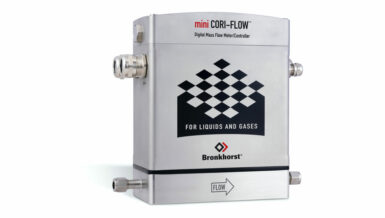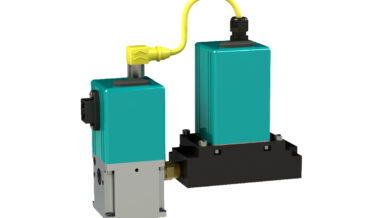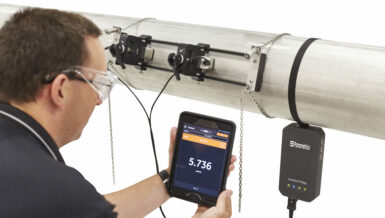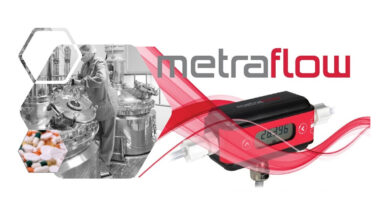To prevent process interruptions, facilities turn to heat tracing to keep their systems operating, even in the face of harsh winter conditions.
Steam Tracing Control Options
Properly controlling steam tracing is critical to effectively utilizing the media and minimizing overall expenses. Typically, steam tracing is turned on in the beginning of the winter season and left on until Spring.
While this eliminates the chance of freeze damage from forgetting to activate the steam supply, steam is wasted on those days that temperatures are above freezing. A better solution is to install self-actuating thermostatic valves to automatically control steam flow.
Thermostatic valves sense ambient or surface temperatures and regulate steam flow based on current conditions. By relying on an automatically operated system, less steam is wasted, saving thousands of dollars and eliminating potential human error.
In an example Philadelphia, PA system with an estimated 5,088 total operating hours in the freeze season, historic data from the U.S. Weather Bureau was used to determine an average of only 2,895 actual hours where freezing could occur. When directly compared to a manual “leave it on” system, a thermostatically controlled system’s savings on wasted steam supply were found to be roughly $8,772.00 per year.
Steam Traps – Conventional vs. Thermostatic
Steam traps are an essential component of steam tracing systems to purge condensate and non-condensable gas that forms in steam lines. Often used to avoid unwanted condensate from entering a system, the traps allow steam to reach its destination as dry and clean as possible.
Conventional steam trap design limitations however often result in live steam losses and temperature variations on piping, which may detrimentally affect the processes that they supply.
An alternative to conventional steam traps is thermostatic steam traps. These self-actuating thermostatic valves bleed off condensate from the traced system only once it has fallen well below the saturated steam temperature. The condensate forms a liquid seal ahead of each valve preventing live steam losses.
Conventional vs. Thermostatic Steam Trap Operating Costs
Most properly functioning conventional steam traps have inherent live steam losses that studies have shown increase with time: at least 2 lbs./hr. for inverted bucket traps, and up to 20 lb./hr. for disc traps after less than one year of service.
To gauge the overall difference in operating costs when using conventional or thermostatic steam traps, we will use 2 lb./hr. of live steam loss for conventional traps in good condition and compare this to thermostatic valves which have zero live steam loss.
The calculation also considers that the thermostatic valve discharges condensate at a lower temperature than conventional traps, thus accruing additional savings (calculated based on the value of the heat content at varying discharge temperatures).
Example System Conditions:
One hundred 3/8” steam tracers (50 to 75 feet long)
70 PSIG steam pressure (316°F saturated steam temperature)
Assumed steam cost @ $8.00/1000 lbs. or $8.00/1,000,000 BTU
Estimated individual trap load: 20 lb./hr.
Total system load: 100 X 20 lb./hr. = 2000 lb./hr.
Example System Heat Savings Calculations:
Sensible heat savings: 286 BTU/lb. – 133 BTU/lb. = 153 BTU/lb. saved by thermostatic valves
2000 lb./hr. X 153 BTU/lb. X 8760 hr./year X $8/1,000,000 BTU: Annual savings based on reduced condensate temperature: $21,445
Annual cost of live steam loss for conventional traps: 2 lb./hr. per trap X 100 traps X $8/1000 lbs. X 8760 hr. = $14,016
Summary of annual savings for example system:
| 3/8 TV/HAT | Conventional Trap | |
| Savings of live steam loss | $14,016 | $0 |
| Savings from sensible heat | $21,445 | $0 |
| Total savings | $35,461 | $0 |
| Savings per trap | $354 | $0 |
Following the example system calculation cited above, a typical steam tracing system using thermostatic steam trap valves can expect to save at least $354 per valve, per year.
When considering further associated costs including valve cost and elimination of installation labor, the simplified return on investment (ROI) is an estimated 4.02 or 402%.































